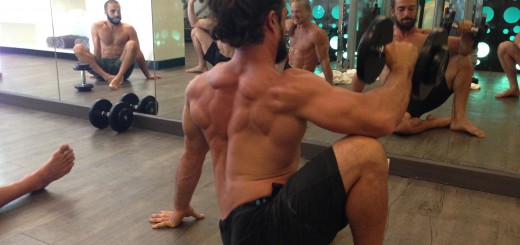Reminiscent of Natalia’s article, “What Are You Training For?“, take a look at these two videos:
I really like these two demos. Not only because they portray talented martial artists who are able to engage with control and intensity, but because they represent two opposite ends of a spectrum. I like to call that that spectrum, skill acquisition vs skill application.
Kata, forms, and body-mechanics exercises, are great for developing and honing one’s movements. Especially for unfamiliar movements, slowness, sensitivity, and repetition is crucial. This is the same whether practicing with a cooperative training partner, or practicing solo. You can also study strategies and sequences within kata, historical “case studies” if you will, to expand your repertoire.
On the other hand, one can be fight-ready with very few techniques, by practicing with aliveness and spontaneity, and developing a fighter’s mentality. In other words, by “sparring”. But sparring too much can also be a distraction if that’s all you do. Having a narrow range of skills is like having a few “one-trick-ponies”. How far will that get you, knowing that any smart opponent will hit your weakest skill set first?
On that note, here are some veteran UFC fighters, testing their abilities for the first time in the US Marine Corps Martial Arts Program. The UFC fighters are the ones with the coloured helmets. (Scroll to the beginning if you want to watch the entire clip.)
You can only get good at what you train for… so, what are you training for?





Good post! I still keep saying to myself during training – “remember NOT to use this move in real life on anybody I know!” It’s almost I have to put in a different box in my head – a box, that has to be pulled out on the most extreme occasion. I still think you have to train for sparring separately, almost as a separate sporting discipline, in a separate year.
Do you think this headgear is enough for protection?
That headgear is quite protective… for that kind of exercise and practice weapons. A helmet will not help against a neck crank (twist), for example. In fact, a helmet would be easier to grab and torque.
A helmet will not help against a neck crank (twist), for example. In fact, a helmet would be easier to grab and torque.
Michael said that when they had the dojo in the police station in Germany, they often practiced with motorcycle helmets. Adds to the spook factor when you can’t see through the visor. Like the Terminator.